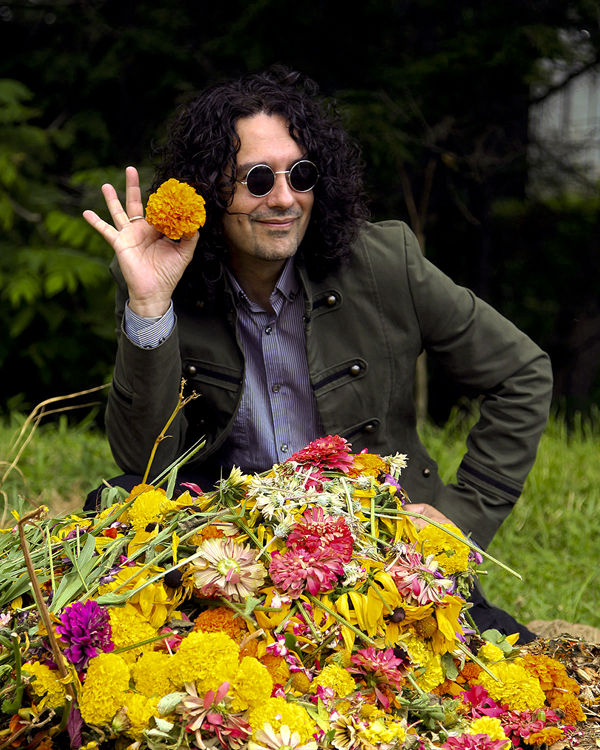While photographing the Mastic Beach estate of American founding father William Floyd last year, Roslyn Heights photographer Xiomaro came upon a series of crosses emblazoned with the names of slaves that worked at the property.
The crosses – and the collection of photographs that followed – became the foundation of an upcoming exhibit at the Oyster Bay Historical Society entitled “The Other Side – Charles, Caesar, Harry, Sam, Pompey, Lon and Isaac.”
The exhibit, comprised of 29 photographs, will run from Jan. 11 to March 29 at the Oyster Bay Historical Society’s at 20 Summit Street in Oyster Bay.
Xiomaro, whose real name is Richard Dieguez, was previously commissioned to photograph the Theodore Roosevelt estate at Sagamore Hill and the Julian Alden Weir estate in Connecticut, photographed the Floyd estate in April 2014. Photographs from the Floyd estate have been featured at exhibits in Manhattan, Patchogue and Stony Brook.
“It is really important me to do these things not just to collect credentials on a resume or having the satisfaction of my work being shown somewhere, but to know that the public is engaging with something thought-provoking,” Xiomaro told Blank Slate Media in June. “I don’t want them to be indifferent to it. I want them to respond in some way and use it as a way to immerse themselves to read up on the park and immerse themselves in a house where Thomas Jefferson and James Madison once walked.”
Floyd, who lived from 1734-1821 and whose descendants lived at the Mastic Beach estate through the 1970s, represented New York at the First Continental Congress in Philadelphia and was one of 56 delegates to sign the Declaration of Independence.
For his latest exhibit, Xiomaro collected the photographs representing an uglier side of Floyd, his time as a slave owner.
The crosses, a generic white with black letters connoting the first names of slaves, are located near the Floyd family cemetery but are separated by a fence.
“I like photographing things that haven’t been done to death,” said Xiomaro in June. “A lot of people don’t really know about William Floyd, even on Long Island, so I thought it was interesting to photograph it and draw more attention to it.”
In an e-mail, Xiomaro said the crosses were likely installed in the late 1870s to “represent in part the family’s evolution from slave ownership to active military service in the Union army during the American Civil War.”
Xiomaro is currently photographing the Massachusetts estate of poet and abolitionist Henry Wadsworth Longfellow and next year will document the ecosystem of the Florida Everglades.



